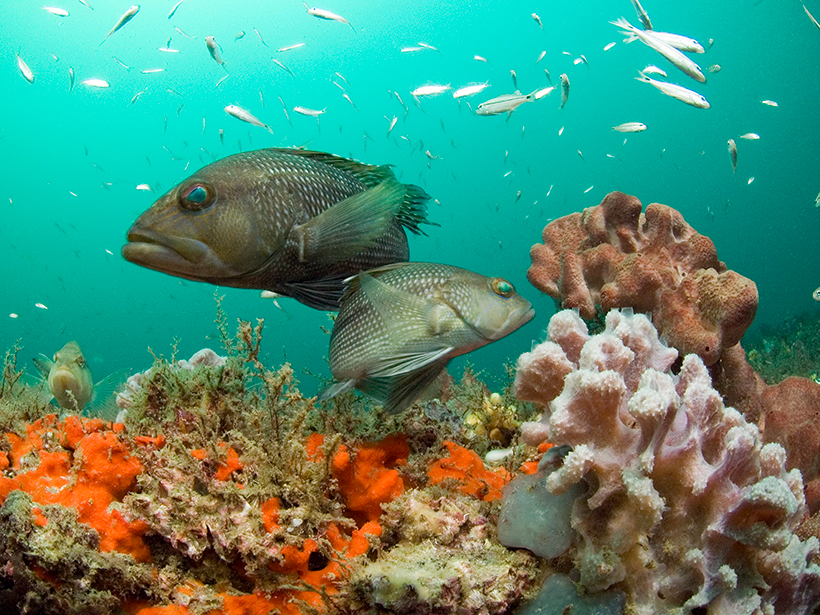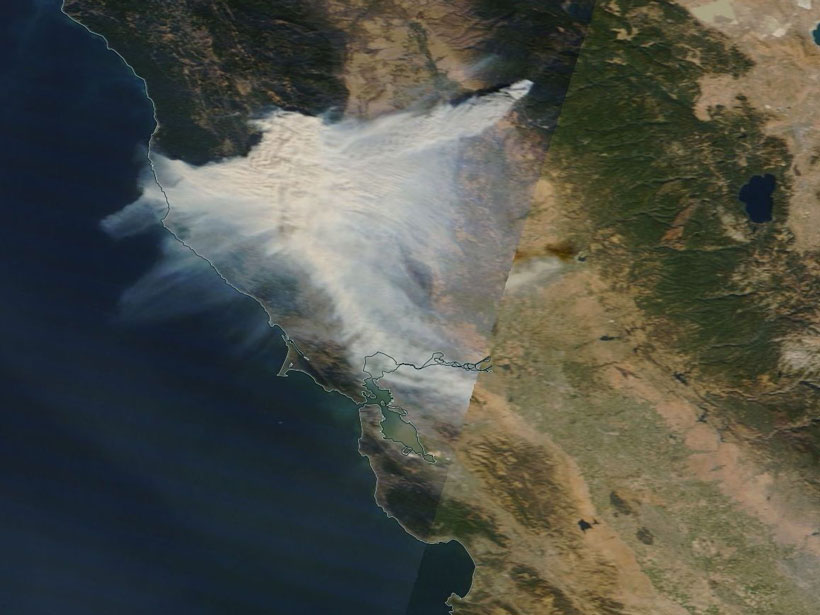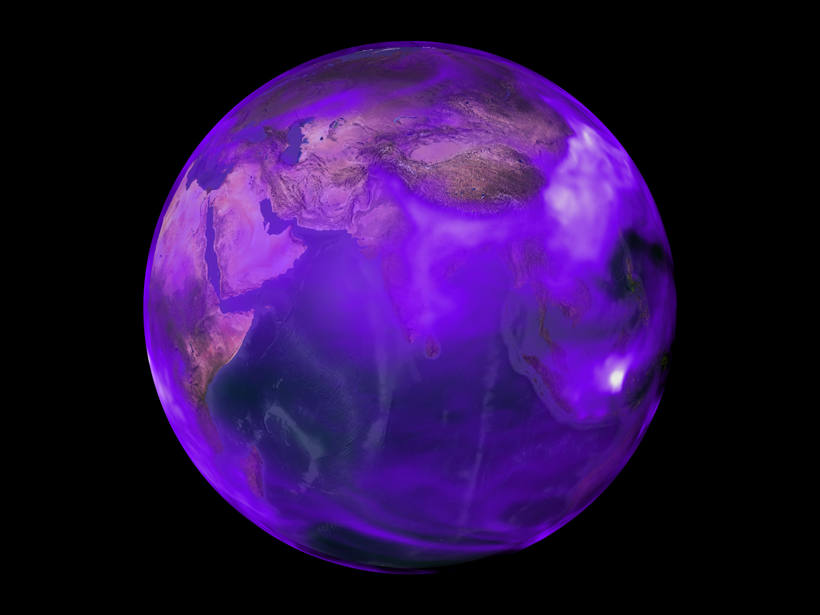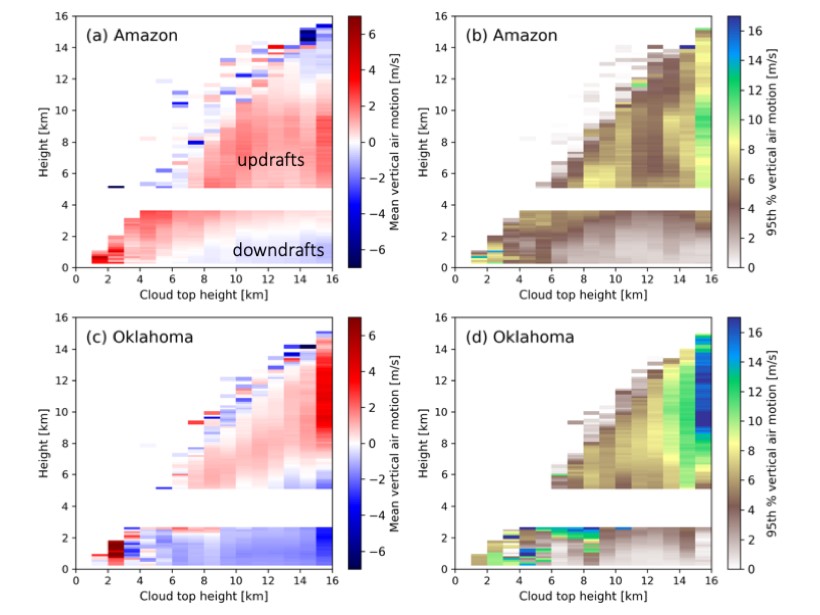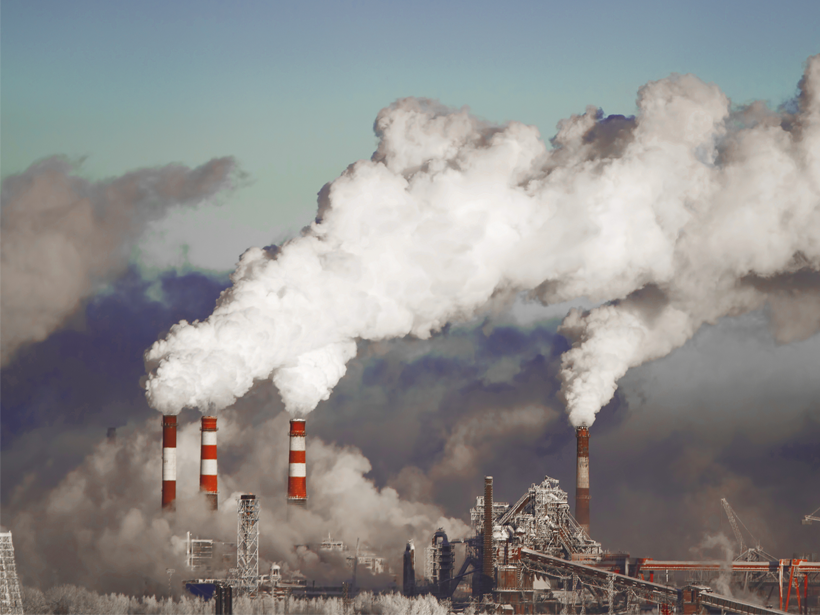The lack of thermal refugia in the ocean means marine life has nowhere to escape from rising sea temperatures.
Climate Change
Burning Fossil Fuels Worsens Drought
Tree rings help scientists trace the influence of greenhouse gas emissions on 20th-century drought conditions.
A New Road Map for Assessing the Effects of Solar Geoengineering
A special issue dedicated to modeling the impacts of stratospheric sulfur dioxide injections is a crucial step toward understanding the climate goals this intervention can—and cannot—achieve.
New Eyes on Wildfires
Onboard machine learning and compact thermal imaging could turn satellites into real-time fire management tools to help officials on the ground.
Previous Research Has Underestimated Black Carbon Emissions
New observational constraints suggest that U.S. emissions of this heat-absorbing aerosol were 80% higher during the late 20th century than prior estimates have indicated.
New Observations of Thunderstorm Updrafts and Downdrafts
Unique measurements of air motion within deep convective clouds offer new insights in our understanding of these storms and provide constraints for weather and climate prediction.
House Freshman Democrats Urge Funds for Climate Change Programs
More than half of the newly elected Democratic representatives signed onto a letter calling for “robust funding” for U.S. climate change research programs.
Global Tree Cover Loss Continues but Is Down from Peak Highs
New data show that an area of tropical tree forest cover the size of Nicaragua was lost in 2018.
Atacama’s Past Rainfall Followed Pacific Sea Temperature
This is the first paleoclimate record of precipitation near Atacama’s hyperarid core and suggests that its moisture source is different from that of the Andes.
Late Cretaceous Extreme Warmth at High Southern Latitudes
New proxy data indicate sea surface temperatures at high southern latitudes reached over 35°C during a period of extreme greenhouse climate that began about 100 million years ago.

